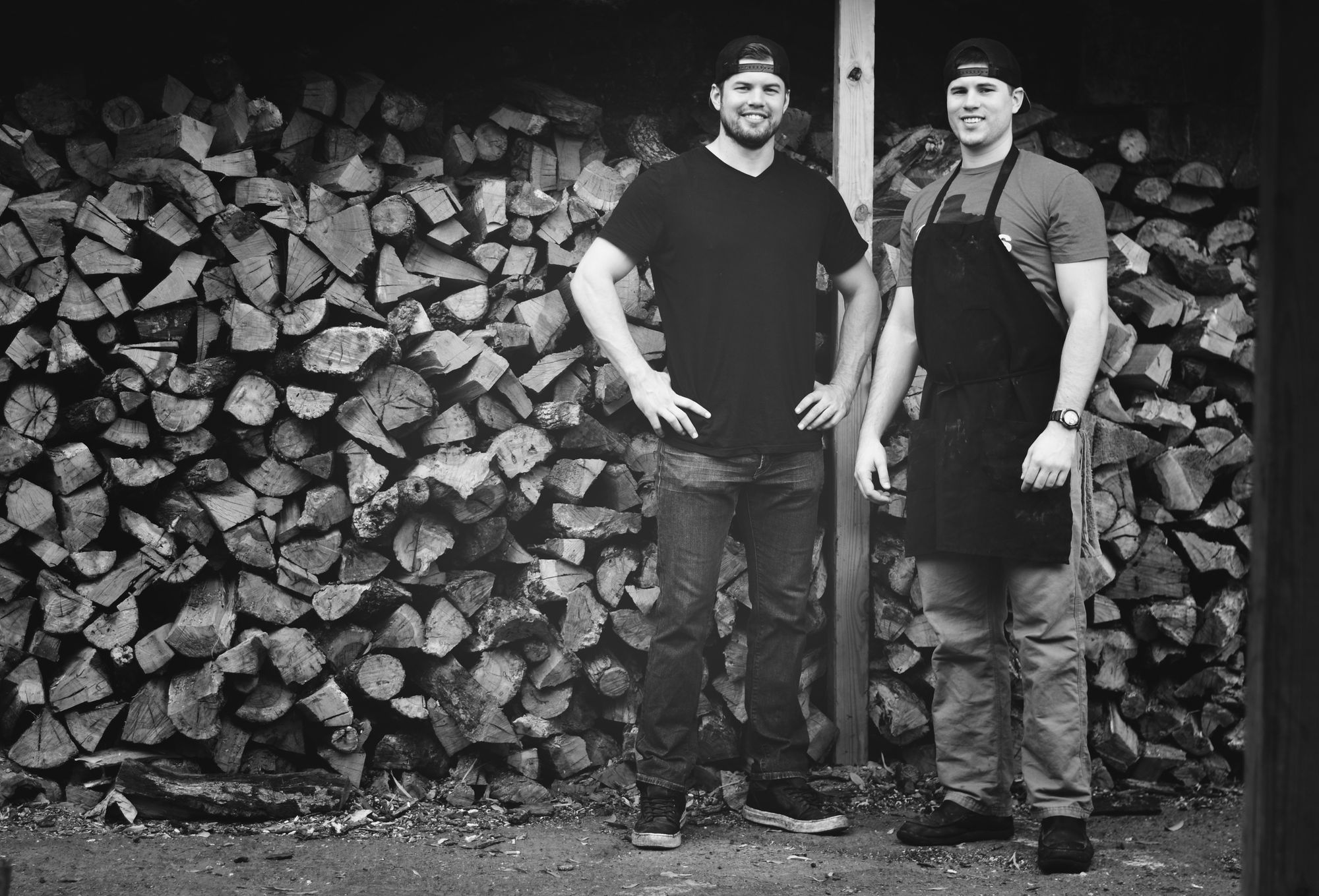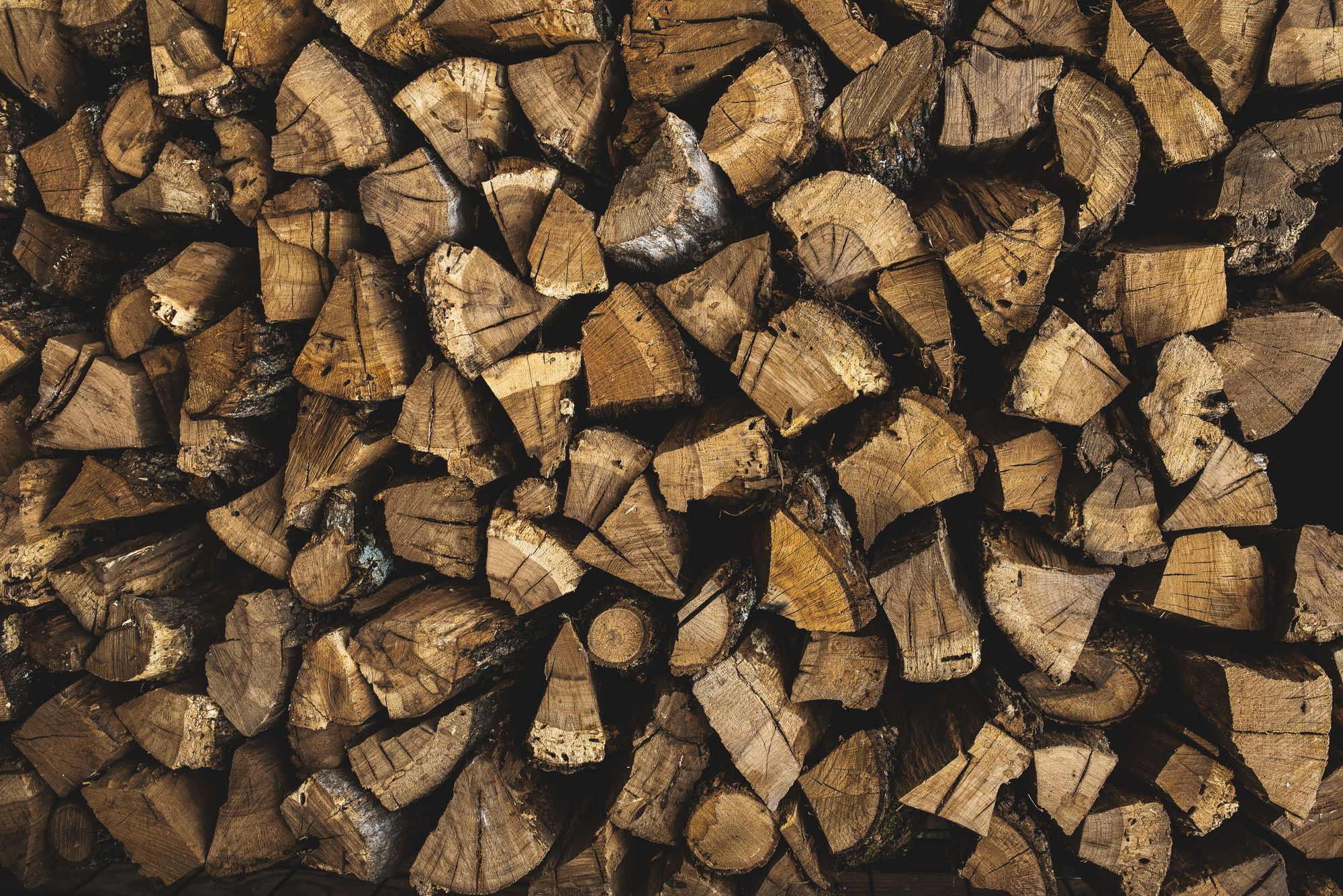If I had a dollar for every time someone asked me “what kind of wood do you use?”, I would be rich! So please start giving me a dollar every time you ask! Kidding! It is a totally acceptable question that we love to answer and a good entry question to open a much deeper conversation into our operation and barbecue in general.
*Disclaimer: All of what you're about to read is purely what I refer to as “redneck science” and may or may not be factual but has been passed down for many generations or learned in my time growing up in the barbecue industry.

So let's talk wood...
Super fan: "What kind of wood do you use?"
Me: Post oak. Aged 6 to 12 months depending on when it was cut. Why 6-12 months? The more humid and wet it is, the longer it will take to dry out. In Texas, May through October is typically wetter and more humid outside compared to November through April.
At this point the customer says “thank you, the food was amazing” and then proceeds to their car. Or, the conversation goes into overdrive and the questions start raining down like fireworks on the 4th of July. At that point BBQ geek mode is activated!
A few random facts and post oak information:
-Post oak comes from the white oak species of wood and gets its name from...?
You guessed it, being commonly used for fence posts. It's considered a hardwood and great for cooking due to it burning much slower and lower in temperature than a soft wood (Pine).
-Why do we primarily use post oak in Central Texas?
Because it is abundant and often referred to as a less appealing tree when compared to a cash crop like Pecan or an evergreen live oak. Unlike a live oak, a post oak will shed its leaves in the winter and looks similar to that of a Charlie brown tree. It also just so happens to flavor brisket perfectly! The Texas post oak belt runs east of San Antonio to Dallas and we're currently cutting most of our wood out of Smithville, Texas.
Now let's talk about drying and curing wood. When you cut a live tree down, it's referred to as green wood. Being full of water, it will not burn very well. Sitting around 80% water weight, it will smolder and smoke like crazy, imparting a sour taste. This isn't the flavor profile we're looking for, so we need to dry it out and bring the water weight down to around 20%. "Generally speaking," this typically takes one year if done correctly. Wood around 20% water weight will burn low and slow, holding your temperature steady for longer periods of time. It imparts that good smoke, the type of smoke you want to penetrate your meat and give that amazing taste Central Texas BBQ is known for! When you start going lower than 20%, your wood will still impart a good flavor but will burn much faster (like a matchstick) and causes a spike in your temperature. You will need to keep a closer eye on your temperature gauge, damper and firebox door to control your temperatures.
The smaller you cut your wood, the faster it will dry. The better you stack your wood and allow the wind to properly flow through your rows, the better it will dry. Stack “Lincoln log style” in rows if possible. We typically stack in cord increments (16 feet long / 4 feet high / 2 feet wide). Cover the top of your stack with a tarp or whatever you can creatively come up with, to prevent as much rain or snow from directly hitting your wood. With that in mind, let's not get crazy and run out to shield your wood during a rainstorm like you would your restored 67 Chevy (Talking to you dad!).
-Mike Black
